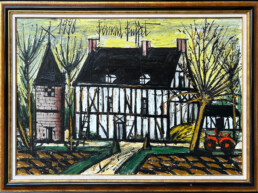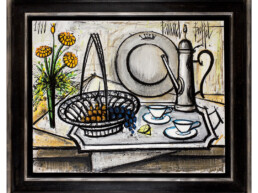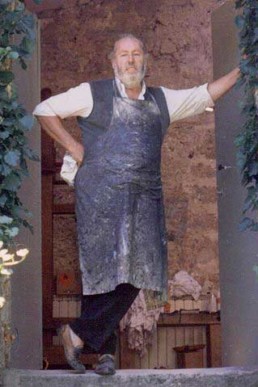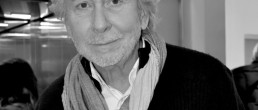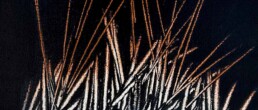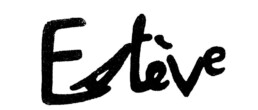Bernard Buffet
1928 (Paris) - 1999 (Tourtour)
Biography
Born in Paris in 1928, Bernard Buffet attended evening drawing lessons at the City of Paris School in 1943; he then studied two years at the Superior National Fine Art School. He took lessons with Emile Othon-Friesz and met Jean Aujame and Claude Venard. His first exhibition took place in 1946 at the ‘under thirty, artists fair’ and then various fairs, in which he often had the leading role. That same year, he encountered Doctor Maurice Girardin who became his first important collector; he later bequeathed his collection to the Petit Palais Museum in Paris. In 1948, the Critic’s Award was given to both Buffet and Lorjou. The magazine Connaissance des Arts organized in 1955 a referendum and Bernard Buffet was nominated Best Painter after World War II. He was honoured with the Légion d’Honneur in 1971 and elected a member of the Fine Arts Academy in 1974. He experienced the highest point in his career with the opening in 1973 of the Bernard Buffet Museum near Mishima, Japan. Buffet’s paintings for the chapel in Château d’Arc of scenes of the life of Jesus Christ are permanently exhibited in the modern art gallery of the Vatican Museum and Germany. Japan also organized monographic exhibitions in honour of the artist.
Elaborating a very personal style with long black lines, he expressed from 1947 to the end of the sixties his existentialist anguish, painting various subjects as portraits, nudes, landscapes, the horror of war, mythology, circus – with his famous clowns– and still lifes. He created a particular universe somewhat sombre with a strength that made him a worthy successor of Goya. He was been inspired by texts that moved him such as the Passion of Christ or Dante’s Inferno, he also did engravings using his own imagination.
Suffering from Parkinson’s disease, he could not bear being unable to paint anymore and committed suicide on October 4th 1999.


